How to create depth in your photos
9 Techniques For Creating Depth In Your Nature Photographs
Text and photos by Heather Cline
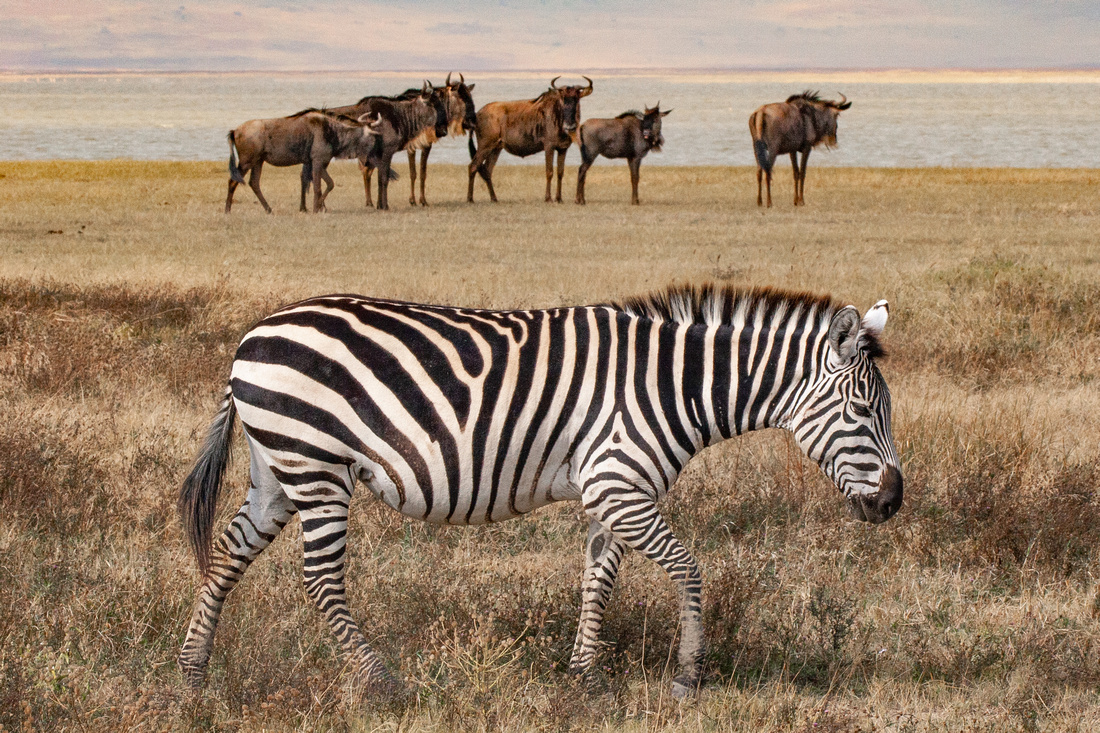 
Zebra and Wildebeests, Serengeti National Park |
Why do you take nature photographs? I take them because they help me convey how special a place or moment is, to help people experience a place they have not yet been to or a subject they have not seen in person, and ultimately to encourage a sense of preservation. Regardless of your reasons for taking nature photos, your ability to portray a three dimensional scene using a two dimensional medium is reliant on how well you convey depth. Depth invites the viewer to look a little longer and every photographer should strive for that. This article will cover nine techniques for adding depth to your images.
1. Leading lines
Leading lines is a technique of composition where you use lines that lead to the main subject of the image. A leading line provides a path for the eye to follow. These typically start at the bottom of the frame and guide the eye upwards and inwards, from the foreground of the image to the background, typically leading toward the main subject.
 
Hole in the Wall Beach |
2. Perspective
Your perspective is created based on where you place the camera relative to your subject. Getting close to the ground as opposed to eye level will exaggerate perspective by highlighting the fact that objects get smaller as they move into the distance.
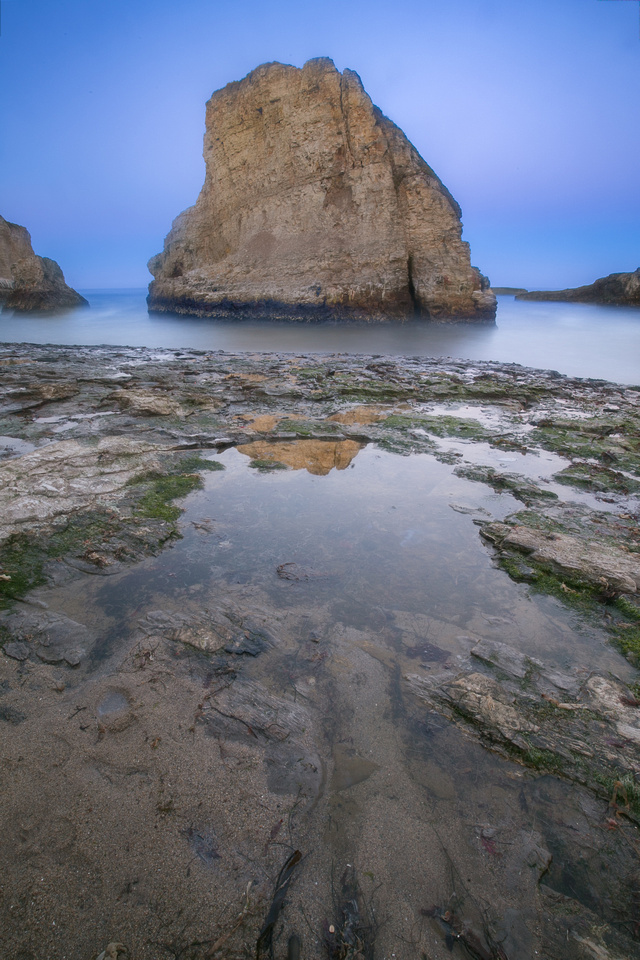 
Shark Fin Cove |
3. Foregound, Middleground, Background
When you are composing landscape or wildlife photos, having a strong foreground, middleground and background will add a sense of depth to the image. The foreground element(s) will allow the viewer to enter the picture, while the middleground holds the viewer’s interest as it leads the viewer into the background. This allows the viewer to travel through the frame, creating a sense of depth.
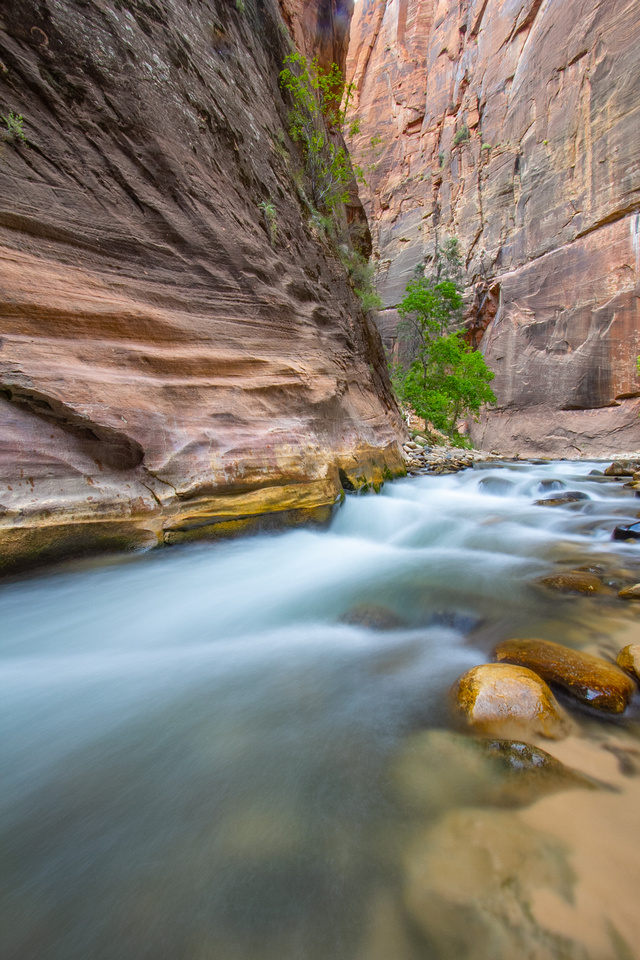 
Virgin River Narrows, Zion National Park |
4. Atmosphere
Atmospheric elements like fog or mist rising off a lake in the early morning help provide a sense of depth by creating a three dimensional appearance, as if you can almost reach out and touch the scene.
 
Panoramic, Lassen National Park |
5. Depth of Field
Depth of field is the level of sharpness in front of and behind the plane of focus. This aspect of photography is all about creativity and the reason it is important to understand how this works is because you can then control the creative output. Photographing with a shallow depth of field will create a feeling of depth when you have multiple elements in your scene and want to create depth between your subject and the foreground and background.
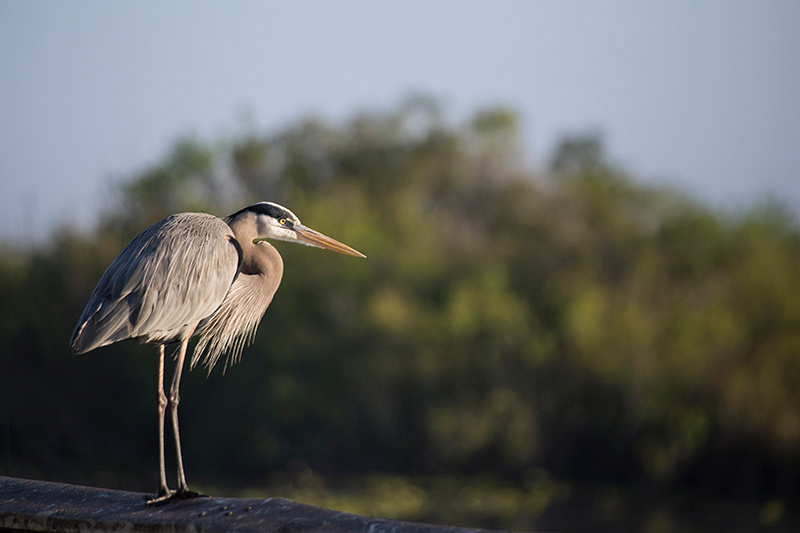 
Great Blue Heron, Everglades National Park |
6. Format (Landscape vs Portrait)
Portrait uses the vertical orientation to put emphasis on a single subject and is taller than it is wide. This gives the viewer a sense of being closer to the subject. In contrast, landscape images align with the horizon line, and is wider than it is tall. This is a good option to illustrate vast and expansive subjects, such as lakes, mountain ranges, and interesting skies.
 
Great Blue Heron, Pebble Beach |
7. Frame the scene
Framing is the technique of drawing attention to the subject of your image by blocking other parts of the image with something in the scene. This can give the image some context, depth, and work to lead the eye to the focal point. The frame can be in the form of a foreground element that you use as a frame or the placement of elements within the image that create a natural frame that lead the viewer where you want to them to go.
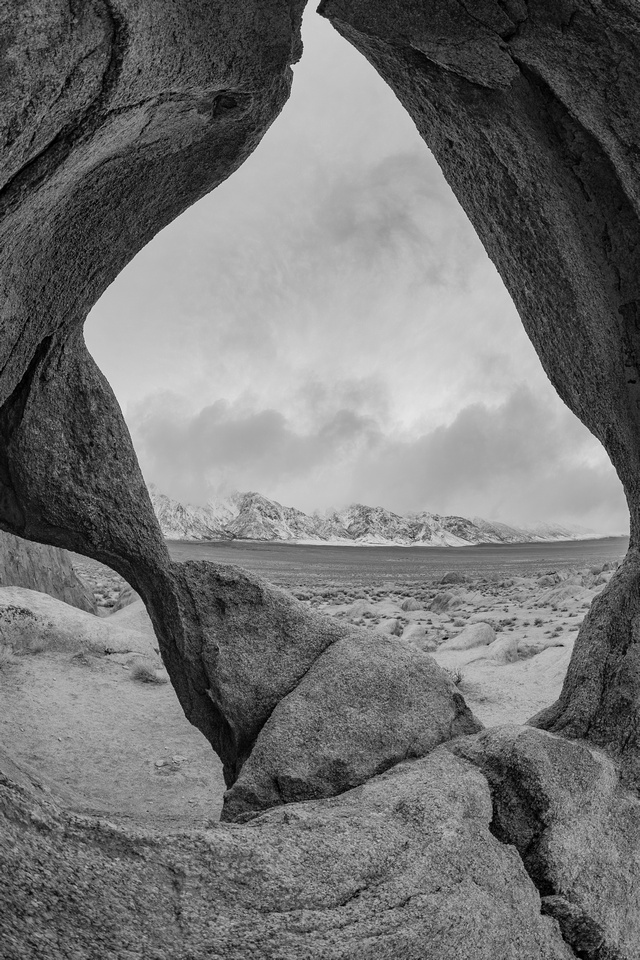 
Skull Rock, Alabama Hills |
8. Layers
Layers are accomplished when multiple components within the image are included from near to far. This is particularly successful when you are in an area with mountain ranges that can be "stacked" by zooming in with a telephoto lens.
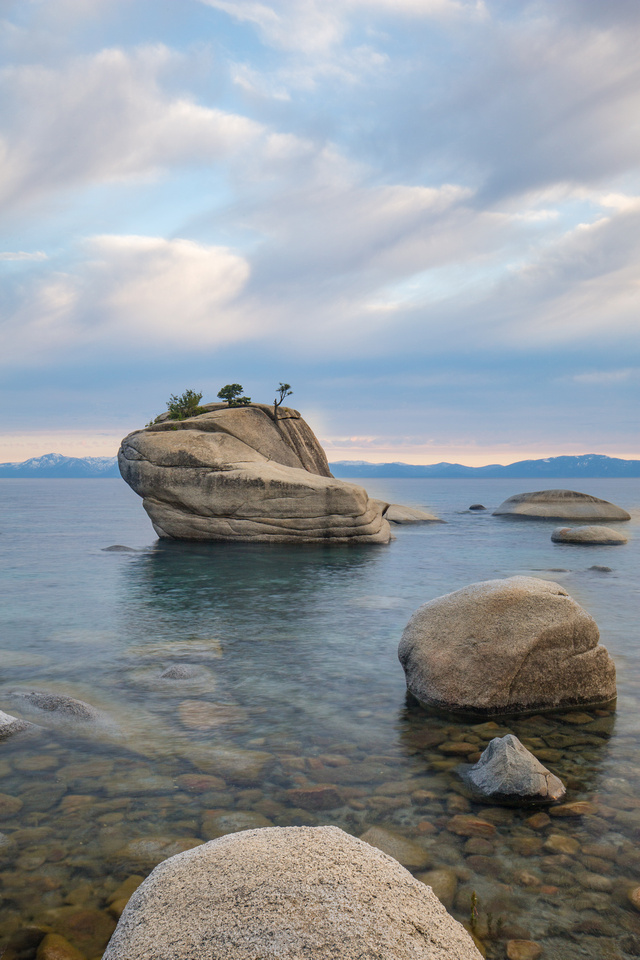 
Bonsai Rock, Lake Tahoe |
9. Movement
Elements moving towards the viewer, such as a car or water provide an excellent opportunity to create depth by positioning yourself so that the movement is coming towards the camera. Getting down low can accentuate this by making it feel like the movement can come right through the frame. Just make sure to avoid getting hit by that movement as you are capturing the image!
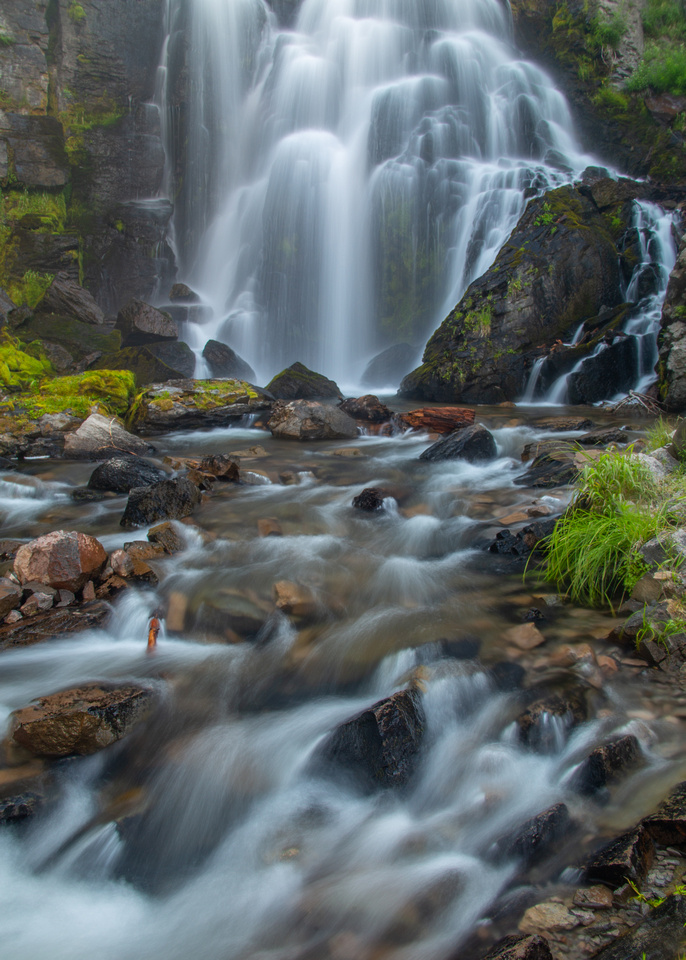 
Kings Creek, Lassen Volcanic National Park |
Creating depth in your images creates a sense of realism and can help a viewer connect and stay with an image longer. I hope these techniques have help and inspired you to get out there and create images with a strong sense of depth.